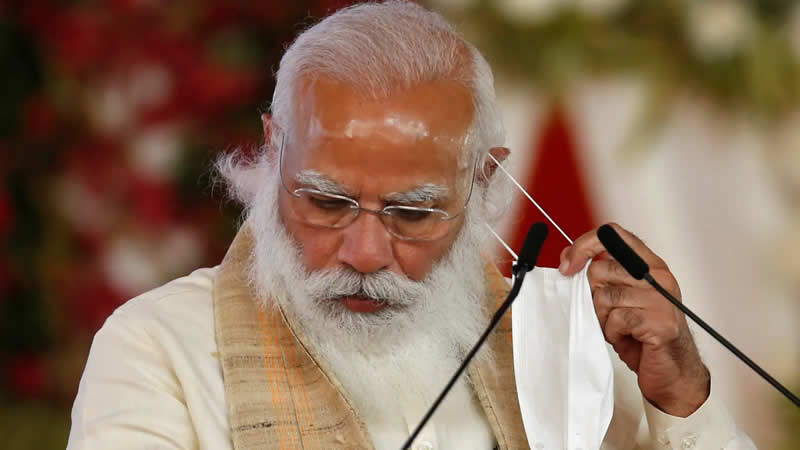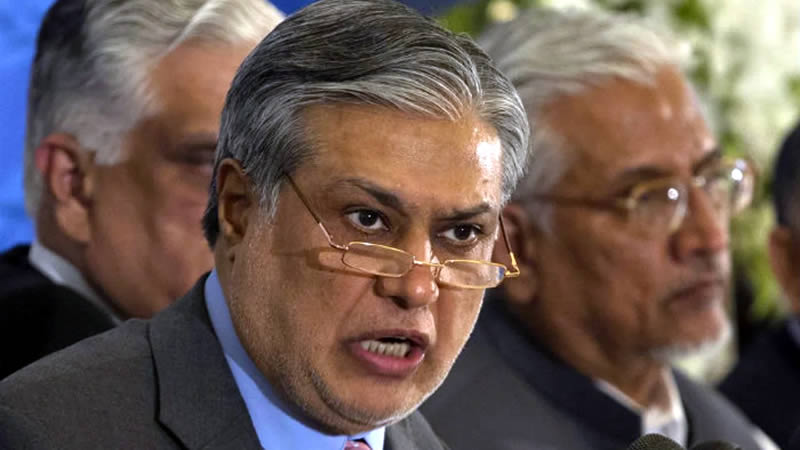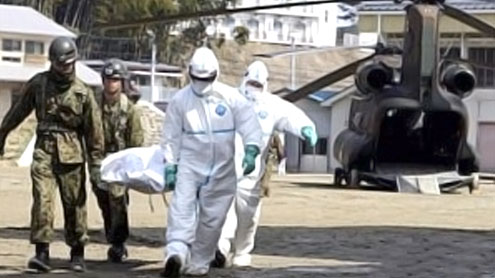 The rescue of the 33 miners trapped in a northern Chile mine had all the ingredients for a riveting story and then some: a camera placed half a mile under the Earth’s surface that would bring the world live images of a dramatic ending.A live broadcast of the men being hoisted up enthralled the entire world.People who had no connection to the miners cried. And they celebrated as though their own child had just been saved.The story of rescue is not new. But this one was groundbreaking, like no other in history perhaps, because of a sudden, unexpected and dramatic live shot of a rescue capsule being lowered into the mine shaft, said Al Tompkins, senior faculty for broadcast and online media at the Poynter Institute, a journalism school for professionals in St. Petersburg, Florida.The Chilean government, which provided the footage, had not told the news media in advance that the world would see images from the mine.That moment left some news anchors speechless for a few seconds at least — and drew instant comparisons to other milestones in television news history such as the first moonwalk or missile fire during the first Gulf War.
The rescue of the 33 miners trapped in a northern Chile mine had all the ingredients for a riveting story and then some: a camera placed half a mile under the Earth’s surface that would bring the world live images of a dramatic ending.A live broadcast of the men being hoisted up enthralled the entire world.People who had no connection to the miners cried. And they celebrated as though their own child had just been saved.The story of rescue is not new. But this one was groundbreaking, like no other in history perhaps, because of a sudden, unexpected and dramatic live shot of a rescue capsule being lowered into the mine shaft, said Al Tompkins, senior faculty for broadcast and online media at the Poynter Institute, a journalism school for professionals in St. Petersburg, Florida.The Chilean government, which provided the footage, had not told the news media in advance that the world would see images from the mine.That moment left some news anchors speechless for a few seconds at least — and drew instant comparisons to other milestones in television news history such as the first moonwalk or missile fire during the first Gulf War.
“Wow. Look at this,” said CNN’s Anderson Cooper. “This is actually from inside the mine, a live image of the capsule entering the mine for the first time. Extraordinary. Extraordinary moment. If this does not give you chills, I’m not sure what will.Chilean authorities proved they were as savvy in media as they were in engineering, said Tompkins. They installed video cameras that allowed everyone to see what was happening underground.That was a component missing in other dramatic stories such as the 1987 rescue of Baby Jessica, a toddler who had fallen down a well in Midland, Texas.”I am amazed by the technology used in the rescue but I am just as amazed by the technology that allows me to see it live,” Tompkins said.Twitter posts Wednesday conveyed the same sentiment.”Tears & cheers with each Chilean miner’s rescue. Lovely 2 see reunions. A far cry from American TV. Chile has done a fabulous job w media,” said citypassion on Twitter.It probably helped that Chilean President Sebastian Pinera was once the billionaire owner of Chilevision, which he sold earlier this year to Time Warner Inc., the parent company of CNN.
“There was no reason not to let all the eyes of the world see it,” he said.Rosental Alves, professor of journalism at the University of Texas, said the broadcast of the rescue will be a “classic case for communications scholars.”Somehow the Chile authorities understood how to make it so emotional and appealing,” he said. “I think it really matters that the president is not only media literate but is a media mogul and he is surrounded by people who have that mindset.”While some called it reality television at its best, others thought the coverage was over the top and even exploitive.”wow this miner rescue thing is one big government/media circus–they even have dramatic music playing when they pull up the capsule,” said kelseylp on Twitter.
Said helveticade: “I’m glad they’re alive, but this #Chileminers media circus thing is really bizarre and feels exploitative. I will have no part of it.”Chilean newspaper La Tercera reported that some of the miners’ families had expressed concern about over-exposure in the media. And the online site Terra cited a Chilean survey that said 79 percent of respondents found the media was exploiting the miners and their families.Tompkins said he was troubled by the government-orchestrated video feed, designed to possibly prevent broadcast of anything that was less than successful.
“If something did go wrong, I think we want journalists to witness as much as possible,” he said.But ultimately, he said, the world needed to see this rescue.”You can’t watch this without being amazed by ingenuity, technology the perseverance and nonstop hope and determination,” he said.”We need a rescue like this once in a while to remind us that these horrible events can come out without tragedy. You can’t watch this without being thankful, without being amazed.”
Journalist Deirdre Stoelzle Graves, whose German father once worked in mines in Chile, Bolivia and Peru, now works with an organization that helps journalists cover stories of trauma in a sensitive manner.”Planning and orchestrating this rescue effort has addressed the implications of the 24-hour news cycle and the media’s role in bringing the world together as a community of compassionate watchers, while giving the rescued miners and their families a safe, time-constricted space in the corresponding media spotlight,” said Graves, director of the Dart Society, a nonprofit organization of journalists.
As the miners continued their ascensions to freedom Wednesday, a riveted world watched and celebrated with the miners and their loved ones. Ultimately, a camera from the bowels of the Earth in Chile had somehow managed to make the world a little bit smaller – Cnn











